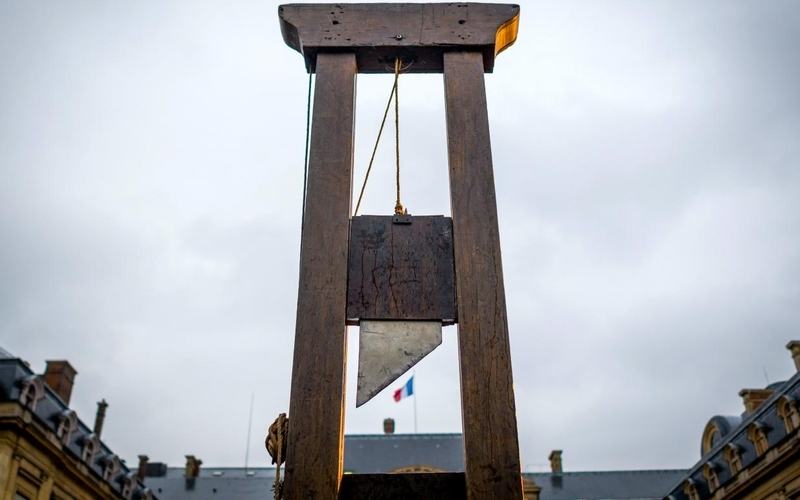
The revolutionary government and the Terror
The guillotine remains the symbol of the Terror, and is usually associated with the French Revolution. Bloody purges, terrified citizens, dictatorship and the suppression of freedom granted through the Declaration of the rights of man and of the citizen in 1789 - all these were part of the Terror.

1 of 3
The period of the Terror was considered by some historians as a deviation of the revolution, provoked by militant sans-culottes. These militants forced the country’s leaders to adopt politics contrary to the liberal reforms adopted by the Constituent Assembly. Althoughtheir support was necessary for the salvation of the revolution, the sans-culottes did not obtain any permanent benefits or lasting changes for themselves.
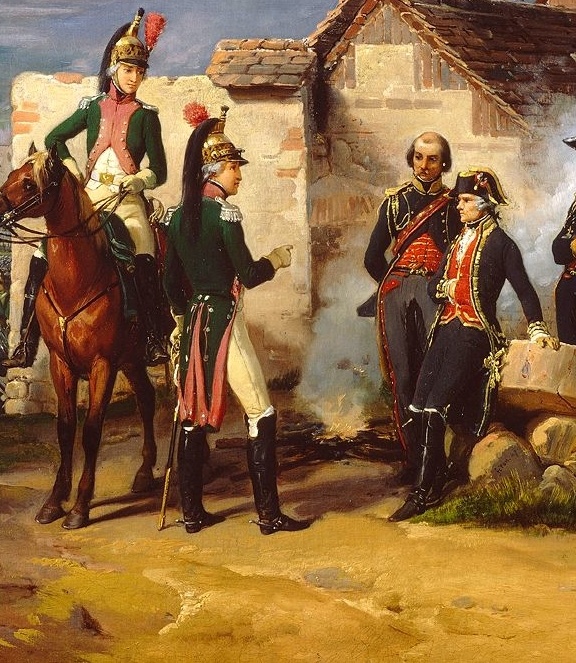
2 of 3
There were two periods of Terror, both linked to war outside the country. The first period began after the attack on the Tuileries Palace and ended with the Battle of Valmy. After these battles, the allied invasion was rebuffed.

3 of 3
The second period of Terror began with the arrest of a number of Girondist deputies and ended with the execution of Robespierre and his supporters.
Based on the law granting universal suffrage, all men over 21 years of age could participate in the elections for the Convention. However, the results were distorted due to the high level of pressure, which led to fear and intimidation.

1 of 3
In Paris, monarchist supporters lost their right to vote. As a consequences, all 24 members representing Paris were Jacobins, republicans and supporters of the Commune. Thus, Robespierre obtained the greatest number of votes in the capital.
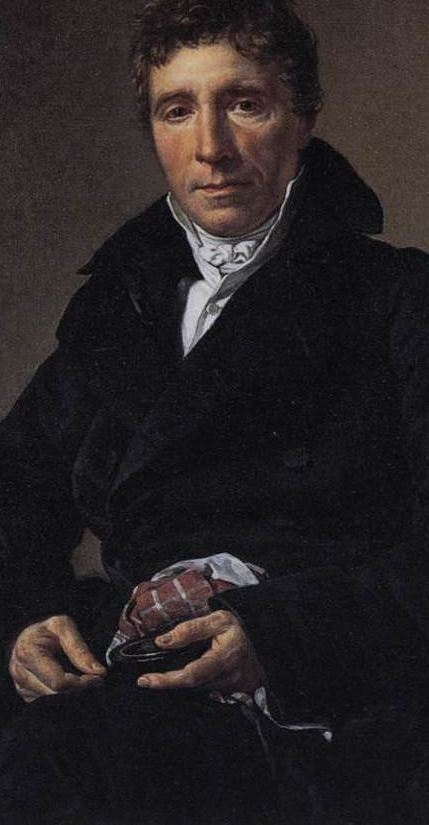
2 of 3
Initially, there were 200 Girondists and 100 Jacobins in the Convention, which meant that neither camp had a majority. Those who did not belong to either camp sat in the middle, lower-level part of the hall in which the Assembly met. So, they were called the marsh or the plain.
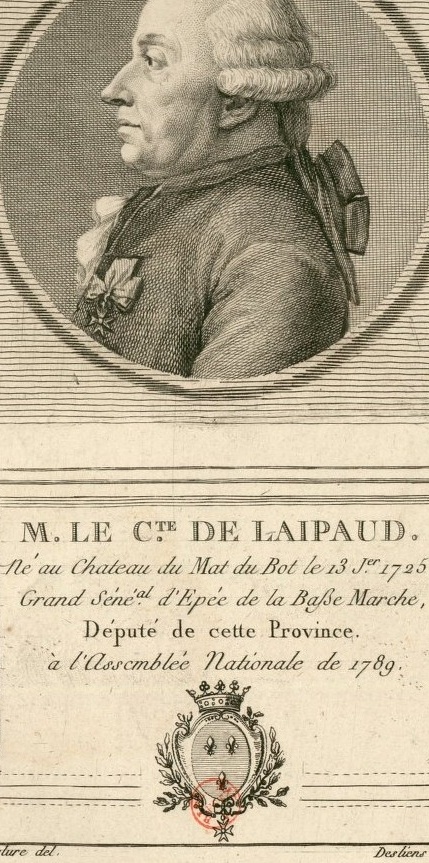
3 of 3
Approx. one-third of the deputies were lawyers. The percentage of businessmen and traders fell from 13% in the Constituent Assembly to 9% in the Convention.
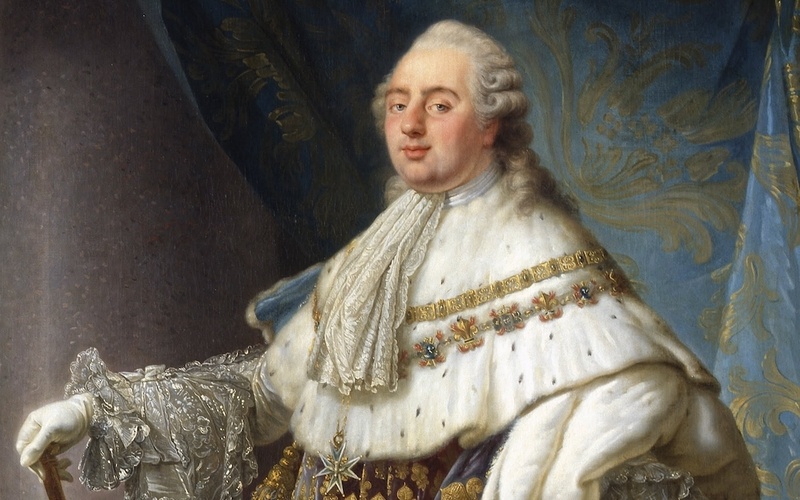
The Old Monarchic Regime
The French Monarchy, Louis XVI of Bourbon and Marie Antoinette Josepha Johanna ďAutriche Lorraine. The administrative Chaos and the French system of taxation
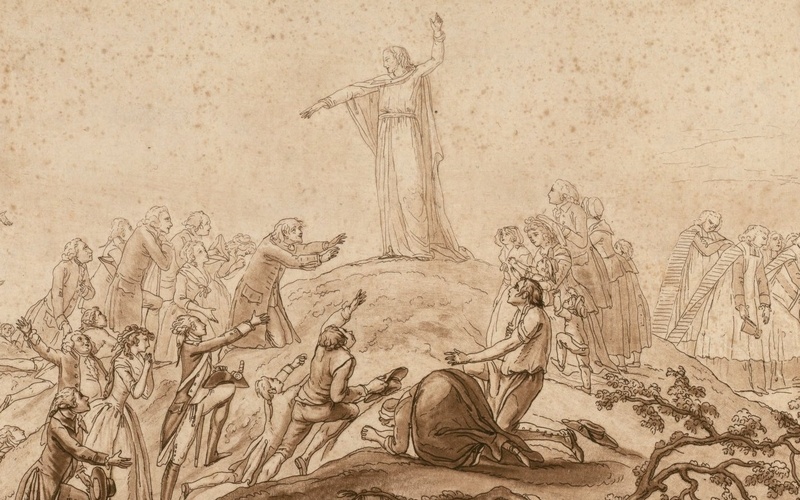
The influence of the Enlightenment on the Revolution
The Enlightenment and its era, transformation of the monarchy, apparition of Deism, new political and economic values in society, Enlightenment personalities, public opinion
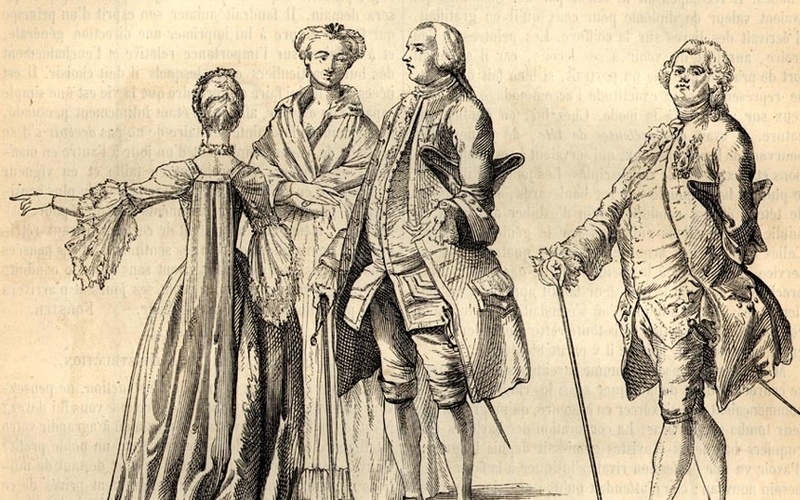
French Society
French society in the 18th century was divided into orders or estates. Clergy formed the first estate, nobles the second, while the third estate included the rest of the population, made up of the bourgeoisie, peasants and urban laborers.
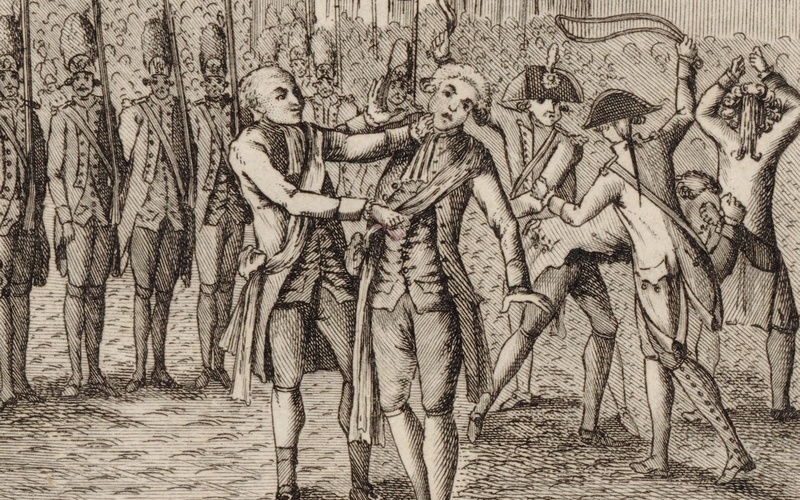
Causes of the Revolution
The origins of the French Revolution can be traced back to four revolutionary movements in the latter part of the 18th century. These movements shook French society and royal power to their foundations.

The revolution
Reforms of the Constituent Assembly, the declaration of the rights of man and of the citizen, conflict between the king and the National Assembly, secularization of church wealth, the Jacobin and the Cordeliers Club, the 1791 Constitution, Champ de Mars.
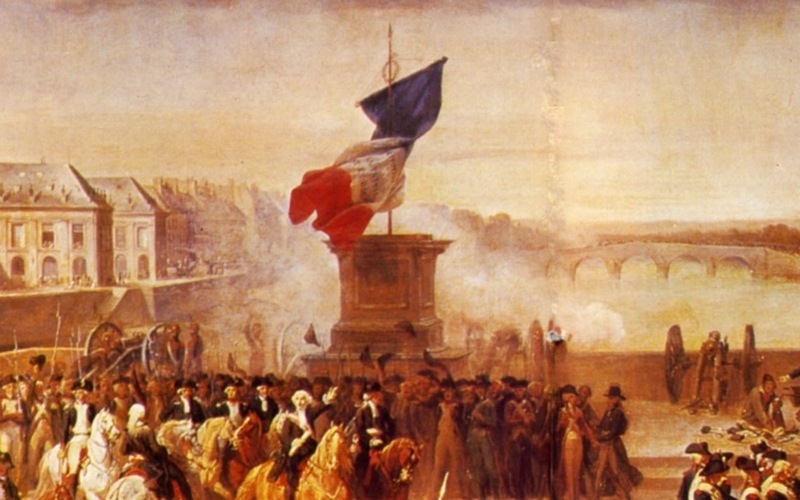
Removal of the monarchy and the Paris Commune
War-time fragility, La Fayette’s Revolt, the homeland in danger, inauguration of the Revolutionary Commune, the fall of the monarchy.
- Duncan Townson, Franţa în revoluţie, Ed. All Educaţional, Bucureşti, 2000
- coord. Cornelia Marinescu, Ilieş Câmpeanu, Enciclopedia Universală Britannica, Ed. Litera, Bucureşti, 2010, vol. 3, 10, 13
- Gabriela Pantiș





